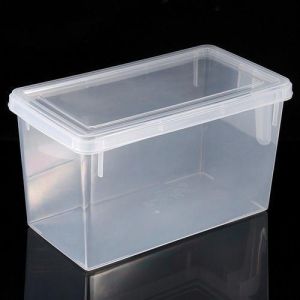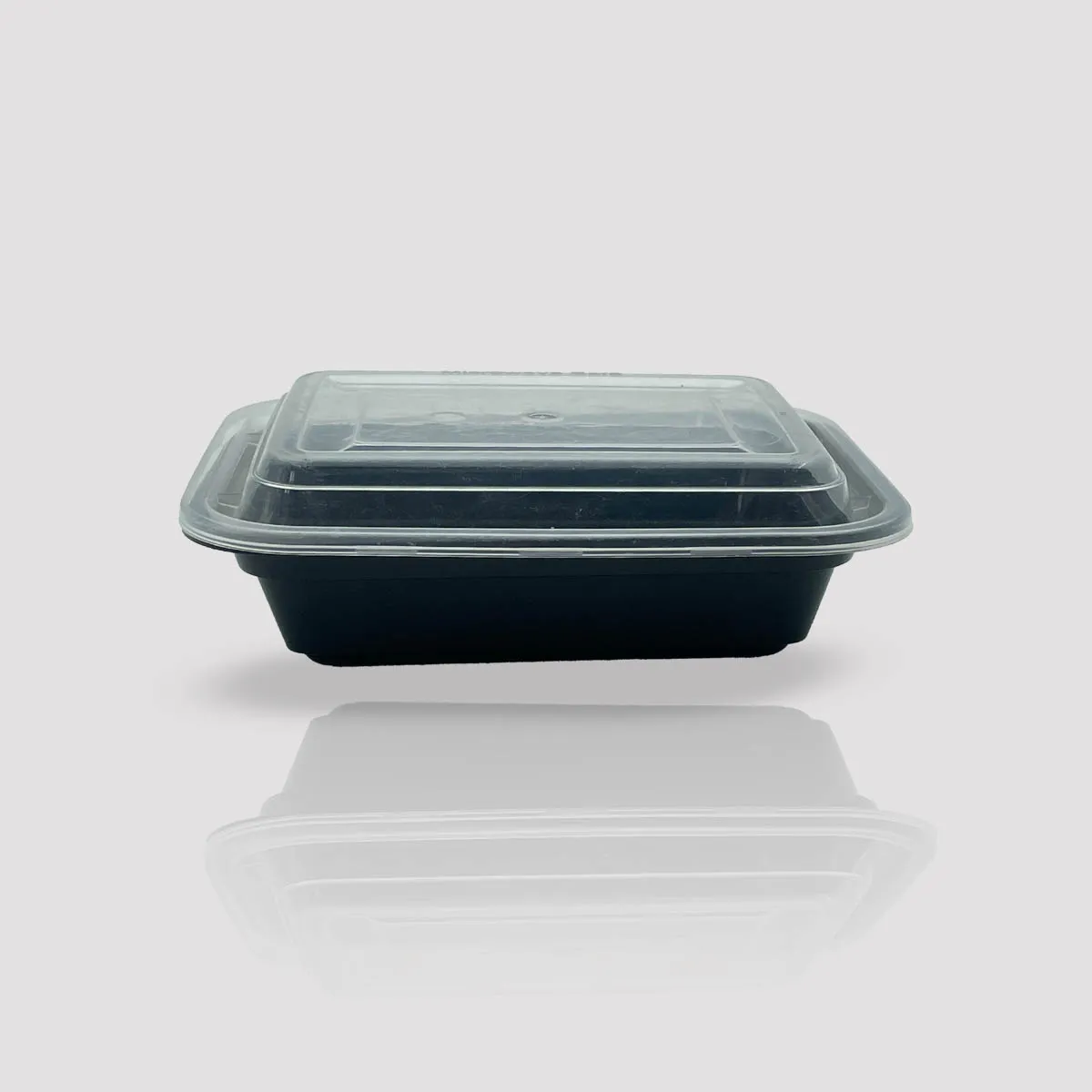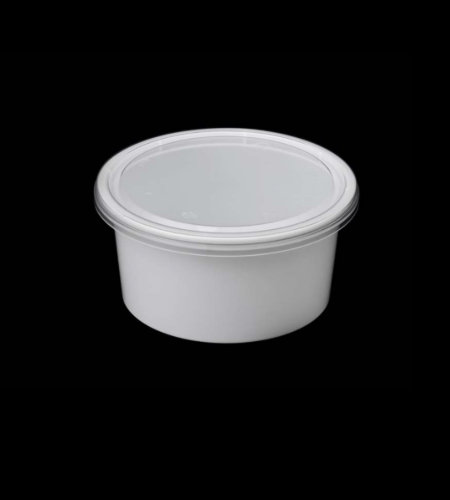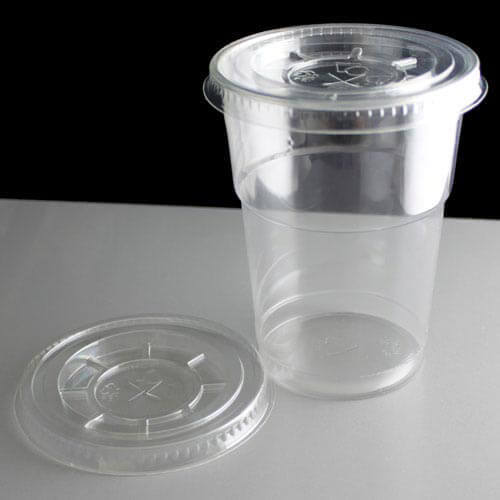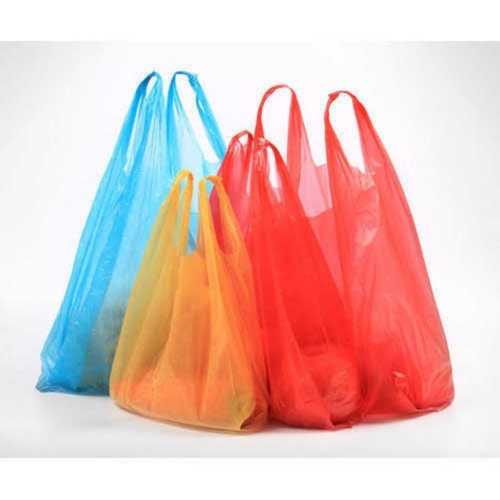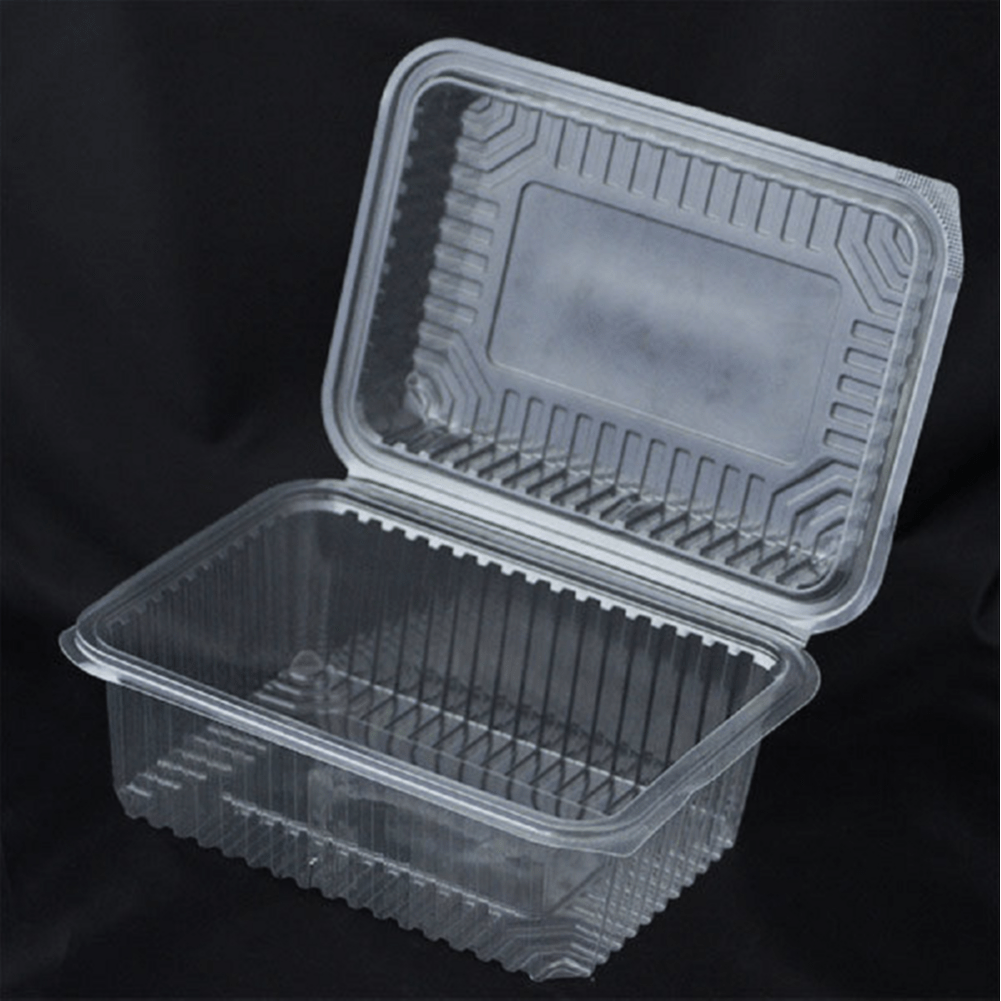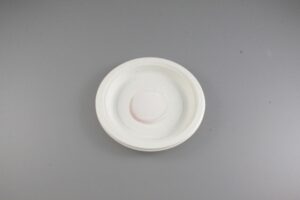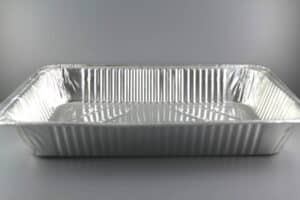The Science Behind Food Wrappers Keeping Your Food Fresh

Introduction
In a world increasingly focused on convenience, hygiene, and food safety, food wrappers play a central role in our daily lives. From neatly packed sandwiches in school lunchboxes to the carefully wrapped produce at supermarkets, these thin layers of protective material do far more than just hold food together. Behind every food wrapper is a carefully crafted scientific formula designed to prolong freshness, prevent contamination, and maintain flavor integrity.
While it may seem simple on the surface, the science of food wrapping is intricate and highly specialized. It involves a keen understanding of material properties, the chemistry of food decay, environmental factors, and modern packaging technologies. Without effective food wrappers, preserving perishable goods would be next to impossible, posing challenges for manufacturers, retailers, and consumers alike.
This blog takes you on an elaborate journey into the fascinating science behind how food wrappers work to keep your food fresh, exploring the materials, mechanisms, and innovations that have revolutionized the food packaging industry.
Understanding the Mechanisms of Food Spoilage
Before exploring how food wrappers protect food, it’s essential to grasp the science of food spoilage. Freshness degradation begins the moment food is harvested, cooked, or processed, caused by several simultaneous factors:
Microbial Growth: Bacteria, yeasts, and molds are present almost everywhere. When they land on food, they multiply rapidly, leading to spoilage, unpleasant odors, and in some cases, foodborne illnesses.
Light Exposure: Ultraviolet (UV) light can break down sensitive nutrients, cause discoloration, and contribute to off-flavors, especially in dairy products and oils.
Oxidation: Exposure to oxygen triggers chemical reactions in certain foods, particularly fats and oils. This leads to rancidity, discoloration, and degradation of flavor.
Moisture Transfer: Loss of moisture results in stale bread, wilted vegetables, or dried-out meats. Conversely, excessive moisture can encourage mold growth.
Temperature Fluctuations: Improper storage temperatures accelerate spoilage rates. Even slight variations can impact the shelf life of fresh produce or ready-to-eat meals.
To counteract these deteriorative processes, food wrappers act as critical barriers between the product and external spoilage factors.
Types of Food Wrappers and Their Protective Roles
Plastics such as polyethylene (PE), polypropylene (PP), and polyethylene terephthalate (PET) are among the most common materials for food wrappers. Their popularity is attributed to:
1. Plastic-Based Wrappers
Plastics such as polyethylene (PE), polypropylene (PP), and polyethylene terephthalate (PET) are among the most common materials for food wrappers. Their popularity is attributed to:
Excellent Moisture Barriers: Plastic prevents water vapor from entering or escaping, preserving the desired texture of both moist and dry foods.
Oxygen Resistance: Laminated or multilayer films can significantly reduce oxygen permeability, protecting against oxidation.
Sealing Properties: Heat-sealable plastics ensure airtight closures, which are crucial for packaged meats, cheese, and snacks.
2. Aluminum Foil Wrappers
Aluminum foil is ideal for wrapping foods that need complete protection from light, air, and moisture. Often used for baked goods, chocolate bars, and grilled foods, aluminum provides:
Total Light Blockage : Protects against UV-induced spoilage.
Excellent Thermal Conductivity : Useful for both refrigeration and heating purposes.
Odor Barrier : Prevents transfer of smells between different foods in shared storage environments.
3. Paper-Based Wrappers
Paper wrappers, sometimes treated with wax or plastic coatings, are favored for items like sandwiches, bakery goods, and fast-food packaging. Their strengths include:
Breathability : Allows moisture vapor to escape, reducing sogginess in items like pastries.
Biodegradability : Appeals to environmentally conscious consumers and businesses.
Printability : Often used for branded packaging due to excellent printing surfaces.
4. Biodegradable and Compostable Films
With the rise of sustainability initiatives, biodegradable films made from plant-based materials like polylactic acid (PLA) or cellulose are gaining popularity. These films:
Offer Moderate Barrier Properties: Suitable for short-shelf-life foods.
Each type of wrapper is chosen carefully to balance protection with convenience, cost, and environmental responsibility.
Advanced Technologies in Food Wrappers
Modern science has introduced a range of technological advancements that make today’s food wrappers smarter and more effective than ever before:
1. Modified Atmosphere Packaging (MAP)
While not a wrapper in the traditional sense, MAP works in combination with food wrappers to replace the internal atmosphere of a package with a controlled blend of gases typically nitrogen and carbon dioxide. By altering the environment inside the packaging, microbial growth slows, and shelf life extends significantly.
2. Active and Intelligent Packaging
Active packaging goes a step further by incorporating substances that interact with the food or its environment, such as oxygen scavengers, moisture absorbers, or antimicrobial agents embedded within the wrapper material. Intelligent packaging, on the other hand, provides real-time information about the food’s condition, such as freshness indicators or time-temperature sensors.
3. Nanotechnology Integration
Nanomaterials like nano-silver or nano-clay have been introduced into food wrappers to improve barrier properties and introduce antibacterial capabilities. These materials help create thinner films with superior strength and protection compared to conventional wrappers.
Multi-Layer Films
Advanced multilayer structures combine various materials in a single wrapper to leverage the strengths of each layer for example, combining paper’s printability, plastic’s moisture resistance, and foil’s light-blocking abilities. These innovations are pushing the boundaries of what food wrappers can achieve, offering solutions tailored to the diverse needs of modern food producers and consumers.
The Role of Food Wrapper Manufacturers in Quality Assurance
While scientific advancements have revolutionized food wrapper designs, the responsibility of maintaining quality lies squarely with manufacturers. A trusted Food Wrapper Manufacturer in Singapore ensures that every wrapper produced meets the highest standards of food safety and performance.
Compliance with international standards like FDA (Food and Drug Administration) and EFSA (European Food Safety Authority) guidelines is essential. Additionally, rigorous testing for properties such as tensile strength, barrier efficiency, and migration limits (to prevent harmful chemicals from leaching into food) is carried out to guarantee safe use.
Choosing the Right Food Wrapper Supplier in Singapore for Sustainable Solutions
For businesses in Singapore seeking reliable packaging partners, selecting a professional Food Wrapper Supplier in Singapore ensures access to consistent product quality, reliable delivery schedules, and technical support. Reputable suppliers provide a range of options suitable for different product types, from delicate pastries to durable industrial food packaging. A top-tier Food Wrapper Supplier in Singapore not only delivers excellent products but also advises clients on optimizing packaging solutions for maximum freshness, sustainability, and cost-effectiveness.
Why Green Packs Stands Out as a Preferred Food Wrapper Manufacturer in Singapore
Among the various players in the industry, Green Packs has built a reputation for being an innovative and trusted Food Wrapper Manufacturer in Singapore. What sets Green Packs apart is their commitment to producing environmentally responsible, high-performance food wrappers that cater to both commercial and consumer needs. Green Packs consistently pushes the boundaries of sustainability by investing in biodegradable film research, offering compostable alternatives, and adopting eco-conscious manufacturing practices. Their product portfolio reflects a dedication to keeping food fresh while contributing positively to the planet’s future.
Partnering with Green Packs: The Ideal Choice for Food Packaging Needs
As a preferred Food Wrapper Supplier in Singapore, Green Packs partners with clients across the food industry spectrum from small cafes to large-scale food processors. Their expert teams work closely with businesses to provide tailored solutions, whether the goal is to extend shelf life, enhance branding, or reduce packaging waste.With Green Packs, customers benefit from:
Sustainable Materials : Including compostable wrappers that align with global environmental goals.
Innovative Technologies : Incorporating advanced barrier and antimicrobial properties in their products.
Customer-Centric Service : Offering expert advice, custom printing, and flexible supply chains.
By choosing Green Packs, businesses gain a packaging partner dedicated not only to food safety but also to the broader mission of sustainability.
Conclusion
Food wrappers are more than just convenience; they are critical scientific tools that keep our food safe, fresh, and enjoyable. Behind every effective food wrapper is a carefully formulated blend of materials, technologies, and engineering designed to protect against the relentless forces of spoilage. For those seeking the finest in modern food packaging, Green Packs stands as a leading Food Wrapper Manufacturer in Singapore , delivering solutions that balance performance with environmental responsibility. With Green Packs, businesses secure the future of food packaging, one that safeguards freshness today while protecting the environment for tomorrow.

































